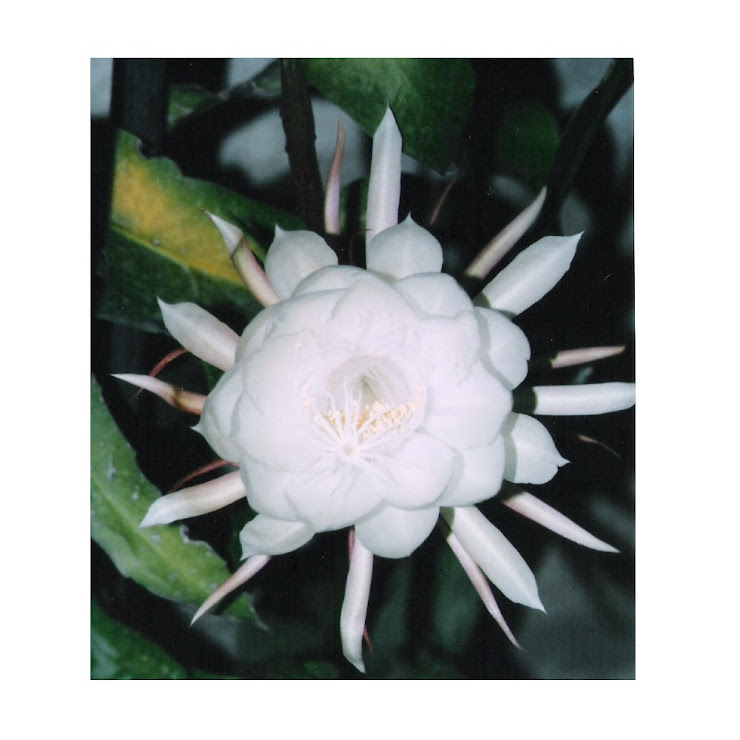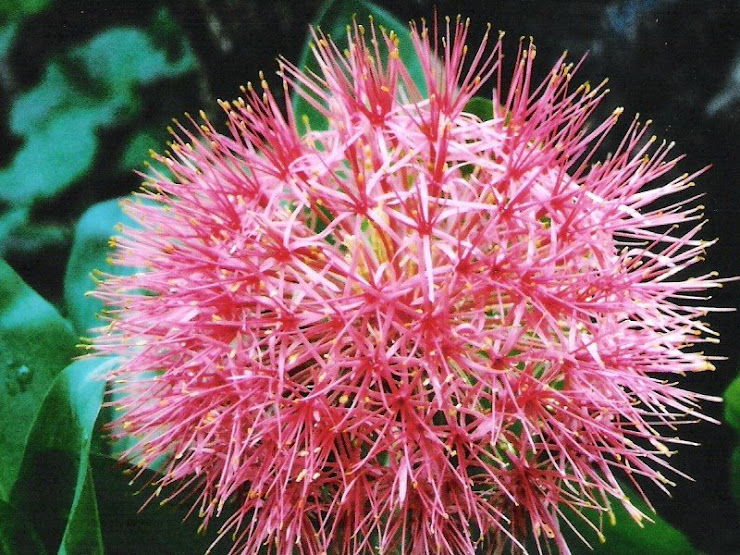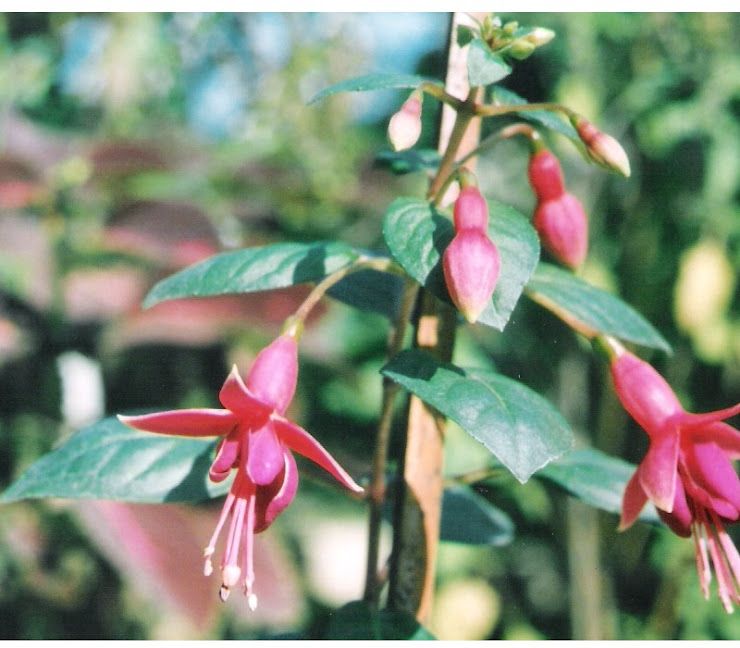HOUSE PLANTS CAN BE TOXIC
 Houseplants can be very beneficial in our lives. They purify and renew our stale indoor air by filtering out toxins, pollutants and the carbon dioxide we exhale - replacing them with life sustaining oxygen!
Houseplants can be very beneficial in our lives. They purify and renew our stale indoor air by filtering out toxins, pollutants and the carbon dioxide we exhale - replacing them with life sustaining oxygen! As a rule of thumb, allow one houseplant per 100 square feet of living area. The more vigorous the plant, the more air it can filter. Keep in mind that plants will not do much to alleviate tobacco smoke or dust in the air.
However many plants also contain compounds that have adverse reactions in people, pets and livestock. These can be dangerious and a risk for the children or pets. Some of these plants are listed below:
STEPS TO ELIMINATE RISK OF POISONING
IN CASE OF EMERGENCY: If a plant has been ingested, identify the plant, learn how much was eaten, contact your family doctor or the posion control center of the nearest hospital, watch for adverse symptoms, take the plant with you if you are advised to go to the nearest hospital emergency room.
PLANT IDENTIFICATION: Learn which houseplants are poisonous and to what degree. The national poison control center can provide information on poisonous plants.
Be sure to properly identify and label houseplants with a tag on the branches rather than a stake that can easily be removed. It is important to note that plants often have several common names but only one botanical name. Contact the nearest botanical garden, cooperative extension service, retail nursery or florist for assistance in proper plant identification or research horticultural books.
EXPOSURE TO POISONS: Exposure to poison is caused by ingestion of plant parts and/or by contact to the skin. Ingestion of plant parts can cause internal poisoning, heart or kidney failure. Skin contact can produce unpleasant symptoms such as dermatitis and allergic reaction. Brushing against sharp prickles, spines and thorns can also be extremely painful.
SAFE DISPLAY OF HOUSEPLANTS: Do not grow potentially toxic houseplants within easy reach of a child. Understand which plants are safe to grow and display indoors.
PREPAREDNESS: Teach children not to taste or play with or eat non-food plants both indoors and outdoors. Even though some plant parts will have a bitter, unpleasant taste, be prepared for emergencies with first aid supplies handy (a bottle of syrup of ipecac to induce vomiting). You can also make a solution by adding 2 tablespoons of common salt to one glass water and making the person drink it. This will also induce vomiting.











No comments:
Post a Comment